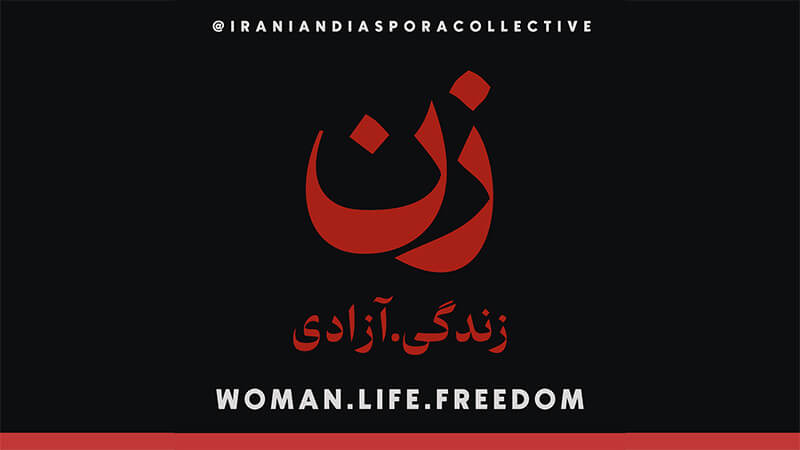The Australian Indigenous Voice Referendum Explained
In late October, Australians will be asked to vote ‘Yes’ or ‘No’ in a referendum to amend the nation’s founding document: the constitution. They will vote on whether to recognise the first peoples of the land – Aboriginal and Torres Strait Islander people, who make up just under 4% of the population – via the setting up of the Voice to Parliament. This body, comprised of members from each of the states, territories and the Torres Strait Islands, would advise federal parliament and the executive of government on legislation affecting Indigenous peoples.
This advice would be non-binding – those in power could still decide not to take it. But the body’s entrenchment in the nation’s highest law would ensure that legislators would at least have to listen. This has never happened before. Australia’s last nationally elected representative body for Aboriginal people was abolished in 2005. Constitutional entrenchment would mean that governments couldn’t scrap the Voice to Parliament according to shifting political winds and would be compelled to take Aboriginal voices into account.
Modern Australia was formed as a settler colony – a form of colonisation in which settlers arrived and did not leave, and which operated on the erasure of Indigenous people to build a white colony. On the surface, this referendum is a simple request from Aboriginal and Torres Strait Islander people to the non-Indigenous majority to start to redress this. ‘Yes’ campaigners say it would give Aboriginal people some form of political power that has long been denied. “It is a change to the structure of Australia’s public institutions and would redistribute public power via the constitution, Australia’s highest law,” says professor Megan Davis, a Wakka Wakka and Cobble Cobble Aboriginal woman and leading Yes campaigner.
Many Australians are against the proposal. Among them is opposition leader Peter Dutton, a prominent figure in the No campaign, who says: “Enshrining a voice in the constitution is divisive, it will divide the country down the middle.” But Australia is already divided by race. In 2022, Aboriginal and Torres Strait Islander people made up 32% of the prison population, despite accounting for less than 4% of the general population, making them the most imprisoned people in the world. They have accounted for more than 500 deaths in custody since 1991. In some parts of the country, Indigenous peoples’ average life expectancy is up to 13 years less than that of other Australians.
The conservative No campaign is predicated on fighting any form of Aboriginal recognition, either in the form of constitutional reform or treaties and has embarked on scare campaigns around issues such as reparations.
However, there is also a progressive No campaign from groups such as the Black Peoples Union. Their argument is that a Voice to Parliament will be meaningless and will not deliver practical outcomes. Instead, the group is calling for the “formation of a Union of Indigenous Nations” to replace the state of Australia. Wiradjuri woman and activist Latoya Rule argued: “It’s not that the Voice to Parliament proposal is overdue, it’s that it obviously holds no power.”
The fight is further complicated by the need to orientate the debate to the non-Indigenous majority, who will vote on an issue that predominantly effects the Indigenous minority. The proposal is a hard sell, not only because of endemic racism but because historically, referenda in Australia often fail – with only eight out of 44 passed in 122 years. This is partly due to the country’s voting system; to amend the constitution, a ‘double majority’ must be reached. This means that an overall majority of the population across all six states and two territories must vote Yes, as well as the majority of the population within at least four of those states. To date, the most successful referendum in Australian history was on Aboriginal affairs, when in 1967, 90.77% of the population voted to amend the constitution to allow Aboriginal and Torres Strait Islander people to be counted in the census.
As October approaches, the debate is bringing racial tensions to the fore. Many Aboriginal people feel tired, traumatised, and ‘voiceless’ again. And according to the current polls, a No vote is looking more likely. In the face of this, many Aboriginal people are already asking: “What will happen next?”
The Australian Indigenous Voice referendum will take place on 14 October 2023. Postal vote applications close on 11 October 2023. Check whether you’re eligible to vote in the referendum here
Amy McQuire is a Darumbal and South Sea Islander journalist based in Queensland, Australia




